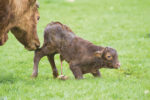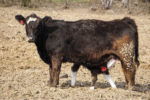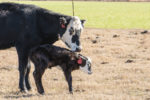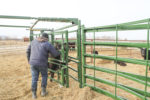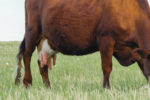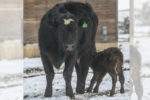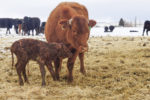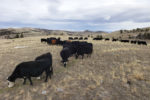Calving
What to record at calving time
Several data points, from birthweight to udder score, can not only determine the success of this calving season but can inform management decisions looking forward.
Read More
A successful calving season starts with successful preparation
Calving season is upon many producers across the U.S., and with that comes the excitement of seeing all your hard work, management and genetic selection decisions come to fruition. But it also comes with the work of keeping these calves alive and healthy.
Read More
Maximize immunity, decrease disease with these five calf health considerations
To give your calves the best chance right out of the gate, pay attention to prenatal nutrition and herd health, and have your post-birth care in place.
Read More
Preparing for winter calving: 6 tips every rancher should know
Preparing six key areas of your operation will set you up for a less stressful, more successful spring calving season.
Read More
The battle of bottle teats
Udder quality is a trait most cattlemen focus on. It is known that “bad bags,” or poor-quality udders, will cause havoc during calving season. But are those less-than-perfect udders more than just an eyesore? Does a bad quarter or big teat cause performance issues with calves?
Read More
The threat is real: Cow attacks during calving season
Cows kill around 22 people each year. Producers must understand how to read cattle behavior and take advantage of their natural behaviors to safely handle these animals.
Read More
Colostrum: The ‘superfood’ for calves
Colostrum is packed with antibodies and proteins and includes energy and vitamins necessary for the future health and productivity of the calf, but it must be ingested within 12 hours of birth to be effective.
Read More
Preparing for the upcoming calving season
Keeping a finger on the pulse of your cow herd’s needs in the weeks prior to calving will pay big dividends when calves start hitting the ground.
Read More
